
Scientifica’s selection of the best neuroscience stories from September 2018
Scientifica’s selection of the best neuroscience stories from this month include computer avators that can help detect dementia, a blood test that can tell what time it is in your body and a cell type that can specifically target therapy to cancer cells. Happy reading!
1. A new theory for phantom limb pain points the way to more effective treatment
Scientists at Chalmers University of Technology have developed a new theory for the origin of phantom limb pain, where people who have lost a limb experience severe pain in the location of the missing part of the body.
The theory, termed stochastic entanglement, suggests that following an amputation, the neuronal circuits that connect to the missing limb lose their role and can become entangled with other neural networks. Phantom limb pain occurs when the networks become tangled with those responsible for the perception of pain.
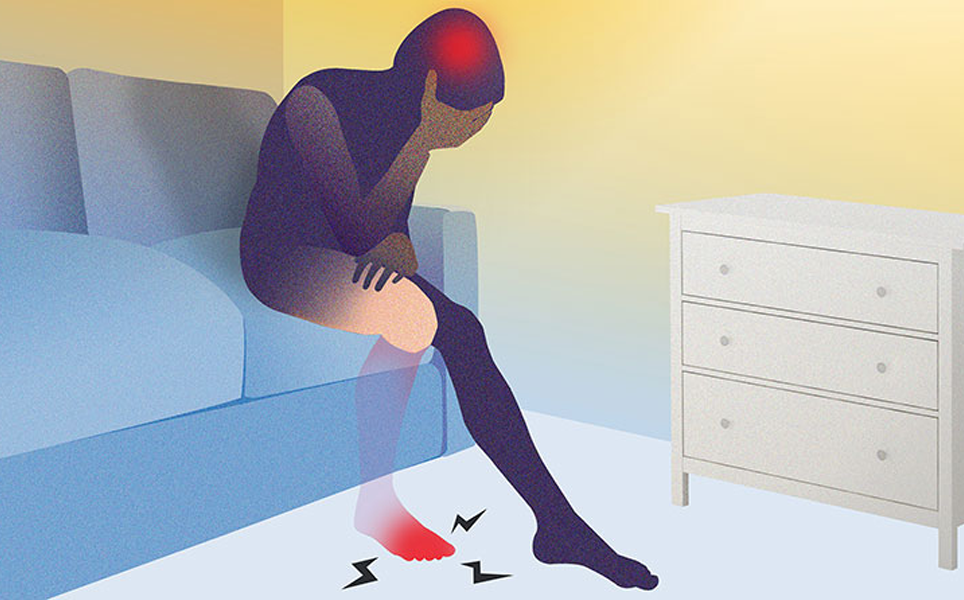
Learn more
2. What time is it in your body?
A blood test, called TimeSignature, that can identify what time it is in your body’s internal clock, has been developed by scientists at Northwestern University Feinberg School of Medicine.
The internal body clock of some individuals is misaligned with external time, and TimeSignature will enable scientists to study the impact of having a misaligned body clock on a range of diseases.
When the blood test is available for doctors to use, it will enable them to measure an individual’s internal body clock and use this to determine the most effective time to take a dose of medication, specific to their body.

What's the time?
3. Inhaled version of blood pressure drug shows promise in treating anxiety and pain
A study by the Centre for Addiction and Mental Health has found a new potential treatment for anxiety and pain.
The promising drug is an inhaled form of amiloride, a high blood pressure medication. The inhaled form is able to immediately access the brain and was found to reduce the physical respiratory signs of anxiety and pain in preclinical models of illness.
Potential pain treatment
4. Computer avatars play a part in dementia detection
A system to detect dementia using interactive computer avatars is being developed by scientists at Osaka University and Nara Institute of Science and Technology.
The technique uses machine learning to enable dementia to be detected from conversations between a human and agent. Machine learning meant a computer could differentiate individuals with dementia from healthy controls with 92% accuracy.
It is hoped that the technology could lead to early diagnosis of dementia in the future.
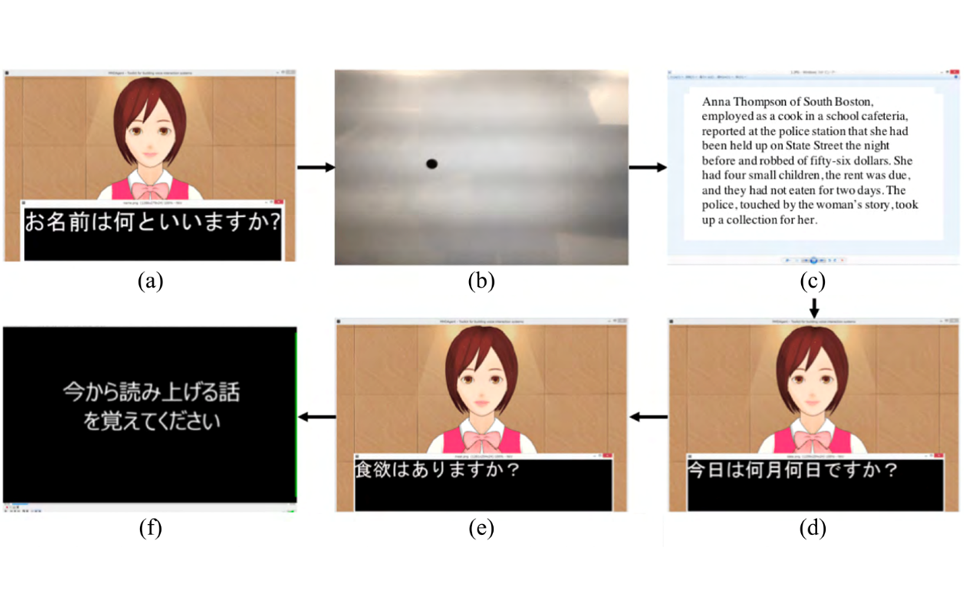
Dementia detection and diagnosis
5. Fibre optic sensor measures tiny magnetic fields
Researchers at the University of Arizona developed a fibre optic sensor that can detect and measure tiny magnetic fields. The sensor is inexpensive, compact and able to detect the brain’s magnetic field as well as the magnetic pattern of a human heartbeat.
Multiple sensors could be used together to map the brain with high spatial resolution. The sensors could also be used as an alternative to magnetic resonance imaging (MRI) systems that are currently used to map brain activity. The expensive cooling and electromagnetic shielding that MRI machines require, would not be required by the fibre optic sensors, making them a cheaper, portable alternative.
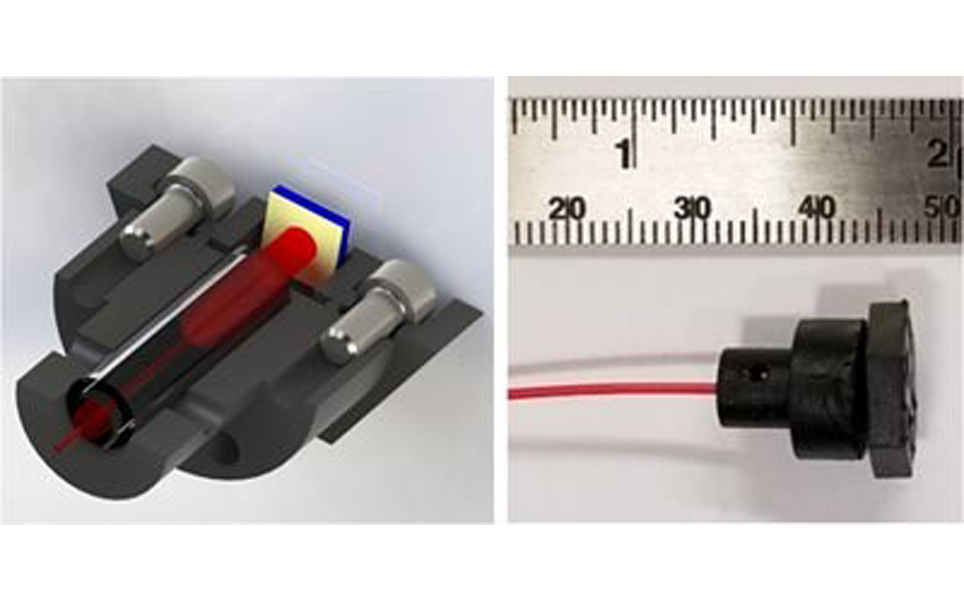
Find out more
6. Olfactory cells may act as 'Trojan horse' and carry anticancer therapy to deadly brain tumours
A cell type needed for olfactory bulb neurons to regenerate could be engineered to deliver anticancer therapy to glioblastomas, Massachusetts General Hospital researchers have found.
The cells, known as olfactory ensheathing cells, surround growing axons of olfactory neurons, help them regenerate and clear debris from dead and damaged cells. The researchers found that the olfactory ensheathing cells were able to be intranasally administered and then travel to the brain to specifically target brain tumours.
The targeted drug delivery lead to a reduction in tumour size and extended survival in a mouse model.
Targeted cancer therapy
7. Why it is not dark when blinking
Scientists at the German Primate Center and the University Medical Center Göttingen have identified a brain region in the prefrontal cortex that remembers what we have just seen, to prevent darkness when we blink.
The researchers found that the medial prefrontal cortex, responsible for short-term memory and decision-making, balances current visual information with previous visual information. This allows us to have a stable perception of our surroundings, even when we close our eyes to blink.
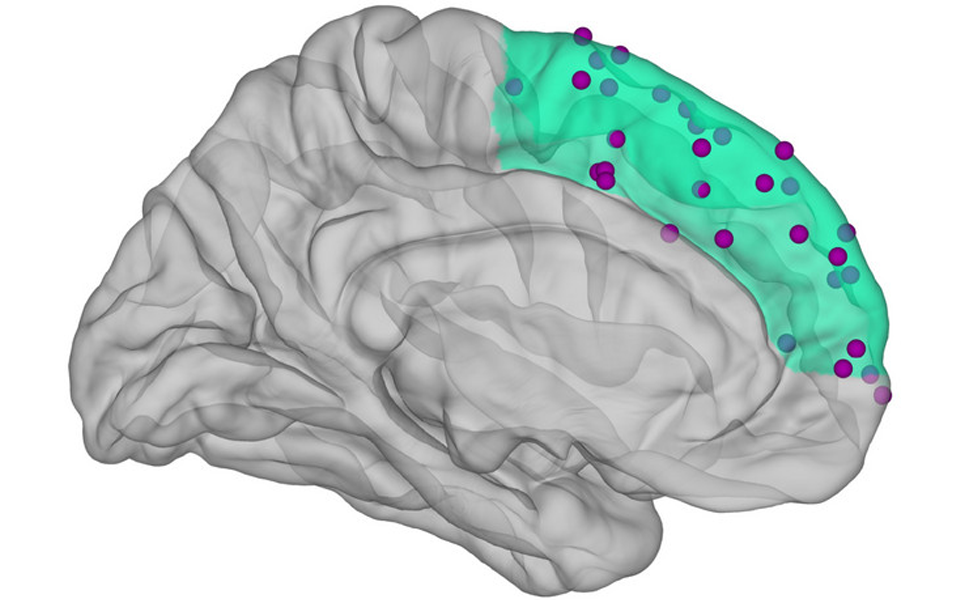
How many times did you just blink?
8. Scientists unlock secret of how the brain encodes speech
New insights into how the brain encodes speech have been gained by scientists at Northwestern University. The researchers are now closer to developing brain machine interfaces that enable completely paralysed patients to speak more naturally.
The aim is to develop brain machine interfaces that can decode the instructions the brain is sending to the tongue, palate, lips and larynx, and translate this into speech. This could help locked-in patients speak again, as well as help people with speech disorders.
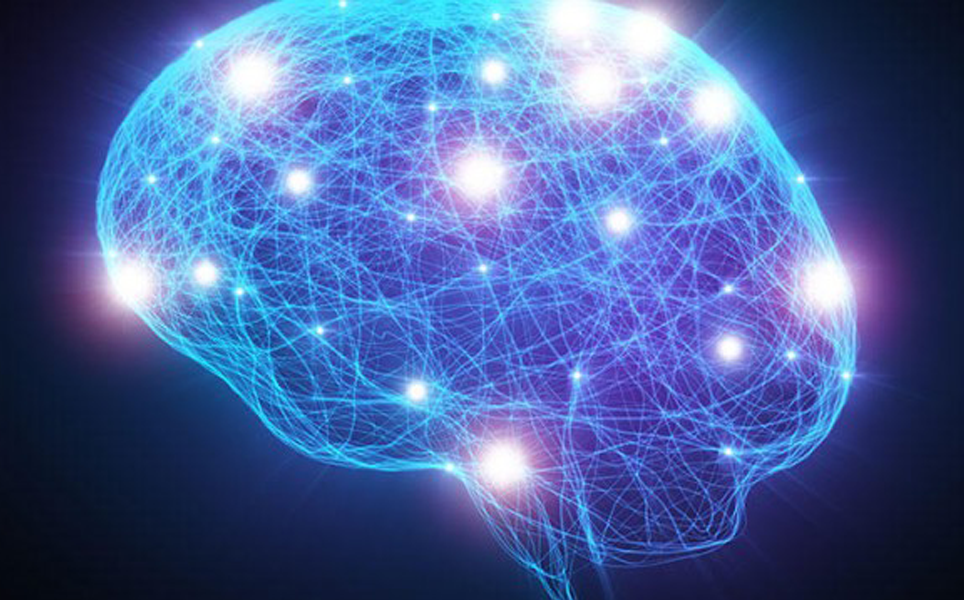
Decoding speech
Please send all comments, suggestions and fibre optic sensors to [email protected].
Banner image credit: Caspar M. Schwiedrzik
Sign up to receive our latest news
Find out about Scientifica's latest product releases, company news, and developments through a range of news articles, customer interviews and product demonstration videos.

)